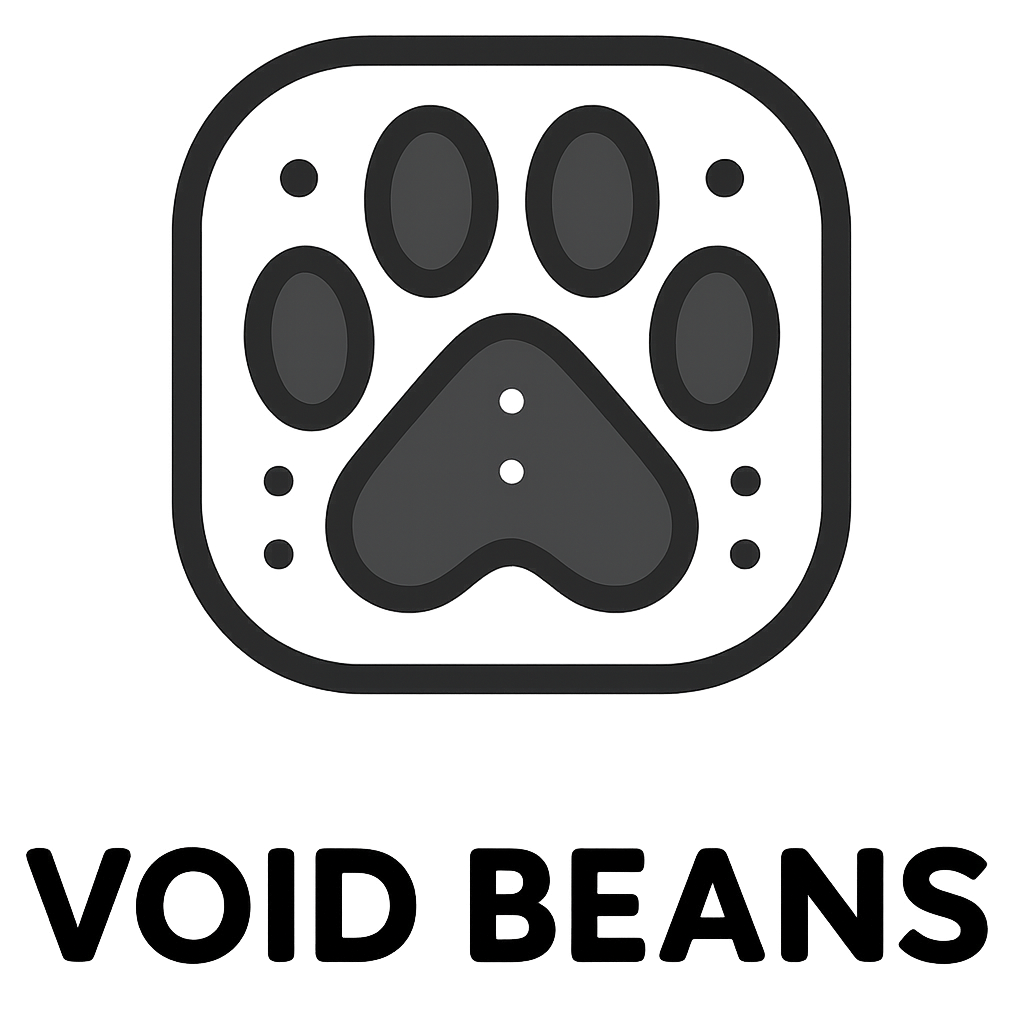Overview
The Quantum Entanglement Transit System (QETS), commonly referred to as "Gates," is a revolutionary interstellar transportation network that enables near-instantaneous travel across vast cosmic distances. Developed through the application of advanced quantum physics principles, this system represents one of the most transformative technologies of the Corporate Era, fundamentally altering humanity's relationship with space and time.
Fundamental Principles
QETS operates on the quantum mechanical phenomenon of entanglement, wherein pairs or groups of particles become correlated such that the quantum state of each particle cannot be described independently of others, regardless of separation distance. The system harnesses this principle to create traversable pathways between distant points in space.
Entanglement Stations
The foundation of QETS consists of a network of entanglement stations strategically positioned throughout the Milky Way galaxy and beyond. Each station contains massive arrays of entangled particles, with each station paired to multiple others, creating an interconnected web of potential travel points.
Gates
QETS gates are classified into three primary construction levels:
- Level 1 Gates: Temporary, small-scale installations deployed by Vox Discovery Probes. These preliminary gates facilitate the transport of resources and construction materials necessary for establishing larger, more permanent structures.
- Level 2 Gates: Medium-sized, semi-permanent installations capable of accommodating small spacecraft. These gates are typically maintained for research purposes or as precursors to Level 3 development, but remain largely unknown to the general population.
- Level 3 Gates: Permanent, large-scale installations typically positioned in stable orbits around planets or significant celestial bodies. These gates can simultaneously transit capital ships with supporting cruisers or up to 1,000 personal vessels, forming the backbone of interstellar commerce and travel.
Transit Procedure
- Initialization: A vessel approaches the departure gate and establishes a connection with the gate's quantum entanglement interface.
- Destination Selection: The vessel's navigation system communicates with the QETS network to select and confirm the desired destination gate.
- Quantum Synchronization: The departure gate synchronizes its entangled particles with those at the destination gate, creating a temporary quantum bridge.
- Transit Execution: Upon complete synchronization, the vessel and its contents instantaneously transition to the quantum state of the destination particles, effectively relocating to the target gate.
- Disengagement: The quantum bridge dissolves as the vessel disengages from the arrival gate's interface.
Traffic Management
Due to the precise nature of quantum entanglement, QETS gates can only process one transit operation at a time. The Vox Mentis coordinates all gate traffic throughout the network, creating queues of vessels and cargo containers awaiting transit. This necessitates the universal registration of all spacecraft with unique identifiers recognized by the Vox, and limiting unidentified vessels from utilizing the system.
Economic Impact
The QETS network has revolutionized interstellar commerce by enabling the rapid transport of goods, materials, and personnel across previously insurmountable distances. Common sights at Level 3 gates include long trains of cargo containers being shepherded by cruisers or massive interconnected cargo cubes being maneuvered by multiple smaller vessels.
Technology Limitations
Despite its revolutionary capabilities, QETS faces several constraints:
- Energy Requirements - gate operations demand enormous energy resources, particularly for larger transits. This necessitates sophisticated power generation and management systems at all gate locations.
- Quantum Coherence - maintaining stable quantum coherence across the network requires continuous monitoring and adjustment by the Vox Mentis, as decoherence could potentially strand vessels or cargo.
- Registration Dependence - the system's reliance on Vox recognition creates a potential vulnerability, as vessels must maintain registered status to utilize the network, leading some operators to develop methods of identity manipulation despite the associated risks.
Historical Development
The first functional QETS prototype emerged during the mid-Settlement Wars period as competing corporate entities sought advantages in resource acquisition and territorial expansion. Following corporate consolidation, the Vox Mentis assumed control of the network's development and management, standardizing protocols and expanding the system throughout known space.
Featured Quote
"In the chaos of space, order is a weapon. We define it; we control it."
— Captain Emily Johnson - VC Interstellar Intruder
Recommended Entry
EuroCore Pulse
The EuroCore Pulse media network beams content to subscribers across the known universe via the Galactic Data Hyperlink (learn more)

© 2025 Void Beans LLC. All rights reserved. Visit
https://voidbeans.com to explore other titles.
